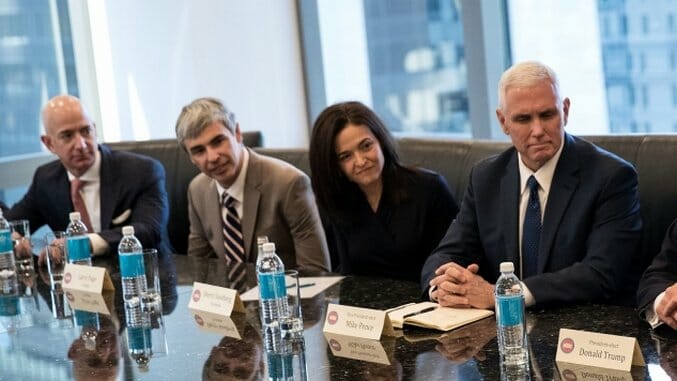Practice What You Preach: Is There Really Diversity in the Workforce?
Photo by Drew Angerer/Getty
Practice what you preach; it’s a saying more difficult to act on than to follow, especially for The New York Times when it comes to diversity. On December 17, The New York Times own public editor, Liz Spayd, called out The Times for not only its lack of diversity, but for advocating for diversity, yet not taking a stronger and quicker action to diverse in-house.
Spayd breaks down the editorial staff by department, claiming that The Times has “20-plus reporters who cover the presidential campaign for The New York Times were black.” (The dagger was when she compared it to president-elect’s Donald Trump’s cabinet.) She continues to mention that Metro has only three Latinos among its 42 reporters” and “Sports has one Asian man, two Hispanics and no African-Americans among its 21 reporters.”
What’s troubling, to me, are outlets who build their platform off the voices and talents of people of color but don’t hire us. Money is being made off our culture without our consent or input, and most of the time it’s geared towards people of color because it seems as if we are the ones who spark and fuel the conversation, offline and online, when it comes to a range of topics – especially social justice, race, culture, music, style, sports, and more. (So, everything.)
One of the reasons the announcement of Vine shutting down was so disappointing (they recently announced will be “transitioning the Vine app to a pared-down Vine Camera”) was because several people of color, especially young, black people, used the platform to display their charisma and creativity. Many used the platform to break through as artists, such as Tokyo Vanity (“That’s My Best Friend”) and FiNATTiCZ (“Don’t Drop That Thun Thun”). Sadly, as FADER perfectly reported, young, black creatives used Vine to spotlight their culture, through activism or creativity, but never saw any profit for going viral. It was a missed opportunity by Vine to not offer incentives to young creatives who broke the internet – whether it be through payment, endorsements, mentorship, or further exposure.
Spayd alludes to the irrational balance in their coverage, which is far more based off the style and talents of people of color, rather than the those covering these topics actually being people of color, specifically black people. “Sports has one Asian man, two Hispanics and no African-Americans among its 21 reporters, yet blacks are plentiful among the teams they cover and the audience they serve. In the Styles section, every writer is white, while American culture is anything but.”
-

-

-

-

-

-

-

-

-

-

-

-

-

-

-

-

-

-

-

-

-

-

-

-

-

-

-

-

-

-

-

-

-

-

-

-

-

-

-

-








































